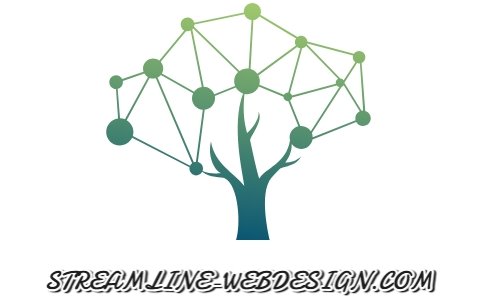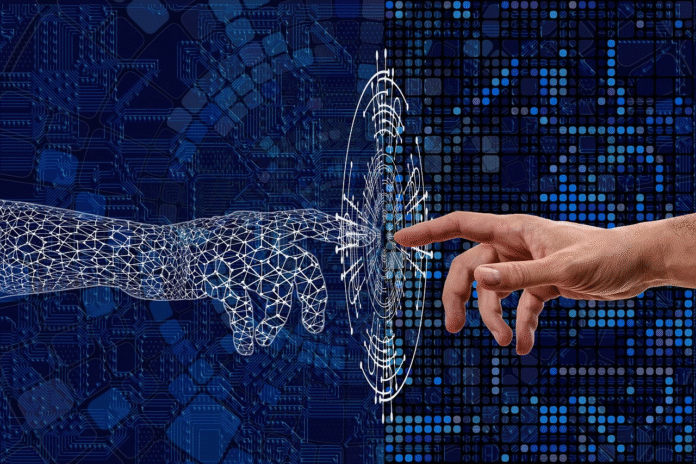
In the world of web development, where precision, logic, and functionality reign supreme, it’s easy to overlook the human stories that shape the technology we use. But every once in a while, a moment comes along that reminds us of the deep, personal connections behind the tools we often take for granted. The unveiling of the new CSS logo is one such moment—an emotional tribute that honors the memory of a little girl, her favorite color, and the enduring spirit of a community bound together by compassion and creativity.
The new CSS logo is not just a symbol of a web technology that powers countless websites; it’s a poignant reminder of love, loss, and the incredible power of community. Central to this story is the color “Rebecca Purple,” which is featured prominently in the logo’s design. This color, which has become a staple in web development, carries a deeply personal significance that transcends its technical use.
A Color With a Purpose: Rebecca Purple
“Rebecca Purple” first appeared on the CSS color palette in 2014. It wasn’t a random addition but a carefully chosen tribute to Rebecca Meyer, the young daughter of renowned web designer Eric Meyer. At the tender age of six, Rebecca lost her battle with brain cancer, a devastating loss that deeply affected her father and the wider web development community.
Rebecca’s favorite color was purple. In her honor, Eric Meyer, along with the web community, proposed that a shade of purple be added to the CSS color list, officially named “Rebecca Purple.” This was not just an act of remembrance, but a way for the web community to come together in a shared expression of grief, love, and solidarity.
The addition of Rebecca Purple to the CSS specification was a quiet yet profound gesture. It wasn’t about just another color; it was about embedding memory into the very fabric of the web—turning the digital landscape into a canvas for human connection. Through this small but meaningful act, Rebecca’s memory would live on, a reminder of the people behind the pixels and the code.
The Logo’s Meaning: More Than Just Design
The new CSS logo takes this legacy further by incorporating Rebecca Purple into its design. While the logo’s sleek, modern aesthetic conveys the cutting-edge nature of web technology, it’s the color choice that truly elevates it. In a world where logos often become slick symbols of brands and businesses, this logo stands out by embodying a deeper narrative—a narrative rooted in humanity and remembrance.
The logo’s simple lines and minimalistic style reflect the values of the web: clean, open, and accessible. However, the inclusion of Rebecca Purple does more than just represent the past; it’s a bridge between the technical and the personal. It’s a reminder that behind every line of code, every pixel on a screen, there are real people with real stories. The web, as much as it connects us digitally, also serves as a space where personal histories, emotions, and memories can persist across time.
A Community-Driven Legacy
What makes this story so powerful is the sense of community that permeates it. Web development is often seen as a technical endeavor—lines of code, algorithms, frameworks, and design principles. But the reality is that behind every website, every feature, every bit of code, is a network of people who collaborate, share ideas, and support one another. The adoption of “Rebecca Purple” is a prime example of how the web is built not just by developers, but by people with compassion and empathy.
In many ways, this initiative also reflects the broader philosophy of the web itself—a space where anyone can contribute, connect, and leave a mark. The inclusion of a color named after a young girl is a powerful reminder that the internet is more than just a tool for commerce and communication. It is, at its core, a canvas for shared stories, collective memory, and lasting connections.
The Legacy Lives On
As web developers and designers, we often get caught up in the technicalities—the structure of the layout, the speed of the website, the ease of navigation. These details are important, of course, but they also serve a larger purpose: to create a platform that brings people together. Stories like Rebecca’s remind us that the work we do isn’t just about technology; it’s about creating a space where people can share, grieve, celebrate, and connect.
The new CSS logo, with its tribute to Rebecca Purple, now stands as a symbol of the web’s human side. It’s a reminder that the digital world is not just a collection of algorithms and data but a vibrant, ever-evolving tapestry of stories, memories, and connections. Every time a developer uses Rebecca Purple in their CSS stylesheets, they’re not just adding color to a webpage—they’re honoring a legacy, a memory, and a community’s collective heart.
Reflecting on the Bigger Picture
The next time you open a stylesheet and type “Rebecca Purple,” pause for a moment and think about its origins. It’s more than just a color—it’s a tribute, a story, and a reminder of what binds us all together in the vast, interconnected web. The technology may evolve, the tools may change, but the human stories behind them will always endure, leaving an indelible mark on the digital world we continue to build.
In a time when the web often feels like a cacophony of information, it’s these quiet, heartfelt moments that remind us why we build it in the first place: to connect, to remember, and to honor the human spirit.










